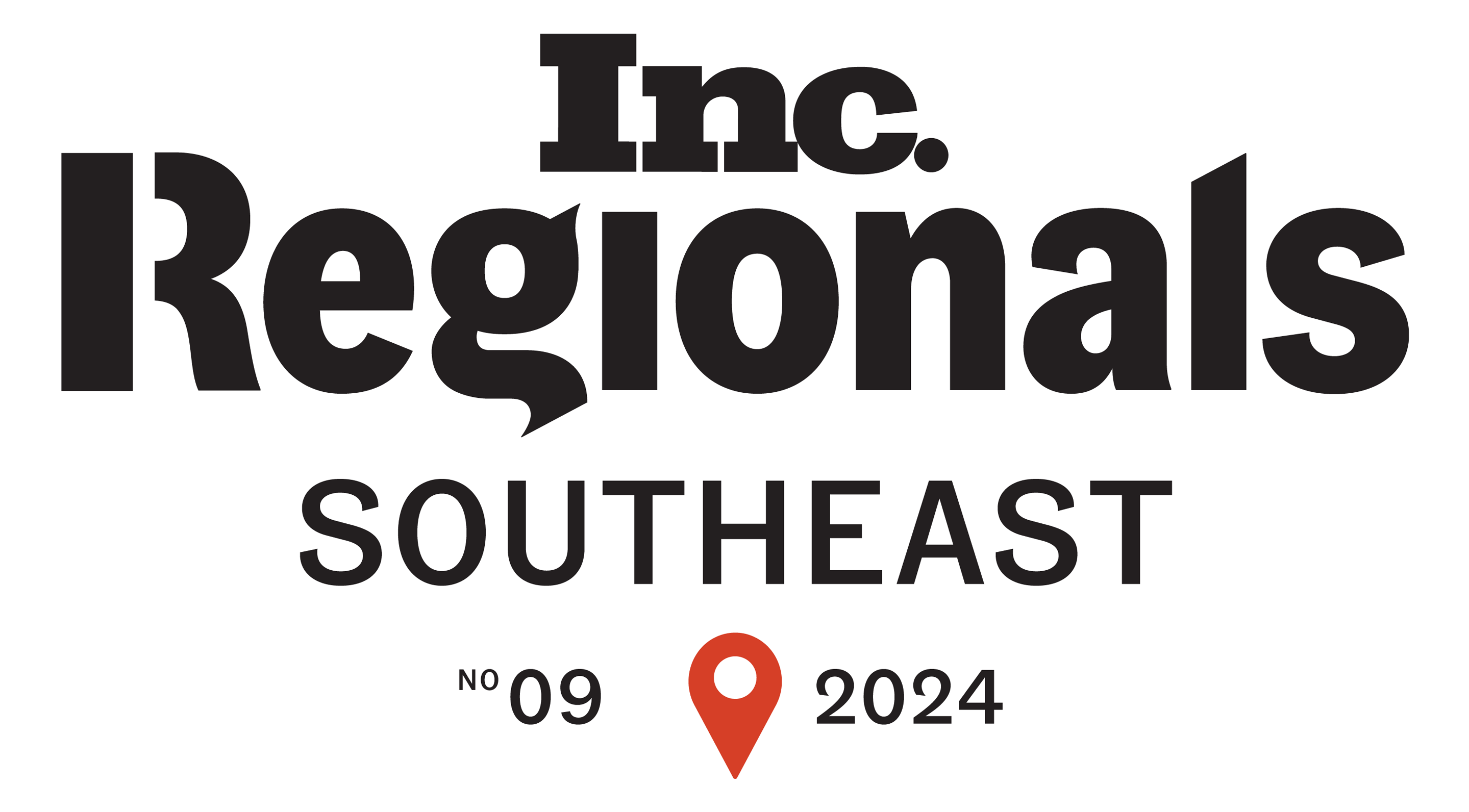Picture this: you're a manufacturer, and you're tired of the endless headaches and costs associated with managing warranties in-house. You've heard about the benefits of outsourcing, but you're not sure if it's the right move for your business. Sound familiar? Well, buckle up, because we're about to dive into the world of calculating the ROI of outsourcing warranty management.
Return on Investment (ROI) is the key to unlocking the true potential of your business and ensuring that every penny you spend is working harder than a factory robot on overtime. We've witnessed the transformative impact that outsourcing warranty management can have on a company's bottom line. By partnering with a trusted and experienced warranty outsourcing provider like OnPoint Warranty, you can unlock a wealth of benefits that extend far beyond mere cost savings.
Understanding ROI and beyond
We've come to appreciate the power of ROI as a guiding principle in decision-making. At its core, ROI is a simple yet profound concept – a secret formula for success that can unlock the true potential of your investments. To calculate ROI, you simply divide the net benefits of an investment by its total costs. However, when it comes to outsourcing warranty management, the true value extends far beyond mere numbers on a spreadsheet. It's about understanding the holistic impact of your partnership – from the tangible cost savings and efficiency gains to the intangible benefits of enhanced customer satisfaction and brand loyalty. By approaching ROI as a comprehensive framework for evaluating the success of your warranty management outsourcing, you can make informed decisions that drive sustainable growth and long-term profitability for your organization.
Financial Factors in ROI Analysis
Sure, financial factors like direct cost savings and improved operational efficiency are important – but they're just the tip of the iceberg. To truly understand the ROI of outsourcing, you need to dig deeper and consider the indirect cost savings, like reduced downtime and increased productivity.
Non-Financial Factors in ROI Analysis
But wait, there's more! Non-financial factors, like improved customer satisfaction and enhanced brand reputation, can have a massive impact on your long-term success. These factors may be harder to quantify, but they're just as important as the numbers on your balance sheet.
Incorporating Risk Assessment in ROI Analysis
Of course, no business decision is without risk – and outsourcing warranty management is no exception. That's why it's crucial to incorporate risk assessment into your ROI analysis. By evaluating potential risks, like data security and vendor reliability, and developing strategies to mitigate them, you can ensure that your outsourcing initiative is built on a solid foundation.

Factors to Consider in Outsourcing Warranty Management
Now that you understand the concept of ROI, it's time to dive into the nitty-gritty of outsourcing warranty management. Here are the key factors to consider:
Cost Savings in Outsourcing Warranty Management
Outsourcing warranty management can be a goldmine of cost savings. From reduced labor costs to improved operational efficiency, the potential for savings is enormous. But don't just take our word for it – do your homework and carefully evaluate the potential cost savings against the costs of maintaining an in-house warranty management system.
Operational Efficiency and Productivity Gains
Speaking of efficiency, outsourcing warranty management can be like giving your business a shot of adrenaline. By leveraging the expertise and resources of a specialized provider, you can streamline your warranty processes, reduce errors, and improve response times – all while freeing up your team to focus on what they do best.
Assessing the Costs of Outsourcing Warranty Management
Of course, outsourcing isn't free – and to accurately calculate the ROI, you need to carefully assess the costs involved. Here's what to consider:
Direct Costs of Outsourcing Warranty Management
First up, there are the direct costs – like the fees paid to the outsourcing provider and any additional expenses related to the transition and integration of the outsourced services. These costs are easy to quantify, but they're just the beginning.
Indirect Costs of Outsourcing Warranty Management
Next, there are the indirect costs – like the time and resources required to manage the outsourcing relationship and any potential disruptions to existing business processes. These costs may be harder to pin down, but they're just as important to consider.
Initial Investment and Ongoing Expenses
Finally, there's the initial investment required to implement an outsourced warranty management insuretech platform, as well as the ongoing expenses associated with maintaining the relationship with the outsourcing provider. These costs can add up quickly, so it's crucial to factor them into your ROI calculation.
Quantifying the Benefits of Outsourcing Warranty Management
Now that you've assessed the costs, it's time to quantify the benefits of outsourcing warranty management. And trust us, there are plenty of benefits to go around.
Revenue Optimization through Improved Warranty Claim Processing
First and foremost, outsourcing warranty management can lead to improved warranty claim processing – which means more money in your pocket, through reduction in warranty costs. By reducing the time and resources required to process claims and minimizing the risk of fraudulent claims or claims which shouldn’t be covered, you can optimize your revenue and boost your bottom line.
Impact on Customer Satisfaction and Brand Reputation
But it's not just about the money – outsourcing warranty management can also have a huge impact on customer satisfaction and brand reputation. By providing fast, efficient, and accurate warranty service, you can create loyal customers who sing your praises from the rooftops.
Long-Term Benefits of Outsourcing Warranty Management
And the benefits don't stop there – outsourcing warranty management can also provide long-term advantages, like access to advanced technology, scalability, and the ability to focus on your core business activities. It's like having a secret weapon in your arsenal – one that keeps on giving, year after year.

Risks and Challenges of Outsourcing Warranty Management
Of course, outsourcing warranty management isn't all sunshine and rainbows – there are risks and challenges to consider as well. But with the right strategies in place, you can mitigate these risks and overcome any obstacles in your path.
Risks in Outsourcing Warranty Management
First, there are the risks – like data security concerns, vendor reliability issues, and the potential for service disruptions. These risks can keep you up at night, but with a comprehensive risk management plan in place, you can sleep soundly knowing that your business is protected.
Challenges in Outsourcing Warranty Management
Then there are the challenges – like integrating the outsourced services with existing business processes, managing the outsourcing relationship, and ensuring consistent service quality. These challenges can be daunting, but with clear communication channels and a commitment to continuous improvement, you can overcome them with ease.
Mitigation Strategies for Risks and Challenges
The key to mitigating risks and overcoming challenges is to have a plan – and to stick to it. By developing a comprehensive risk management plan, establishing clear communication channels with the outsourcing provider, and regularly monitoring and evaluating the performance of the outsourced services, you can ensure that your outsourcing initiative is a resounding success.
Selecting the Right Outsourcing Partner
Of course, none of this matters if you don't choose the right outsourcing partner. Selecting the right provider is like finding the perfect match – it takes time, effort, and a whole lot of due diligence.
Key Criteria for Selecting an Outsourcing Partner
When evaluating potential outsourcing partners, there are a few key criteria to consider. First and foremost, you want a provider with experience, expertise, technology and a proven track record of delivering high-quality warranty management services. But you also want a provider that's financially stable, with a solid reputation in the industry.
Evaluating Experience, Expertise, and Track Record
To evaluate a provider's experience and expertise, you need to do your homework. Look for case studies, testimonials, and references from other manufacturers in your industry. And don't be afraid to ask tough questions – a reputable provider will be more than happy to share their knowledge and insights.
Building a Strong Partnership with the Outsourcing Provider
But selecting the right provider is just the beginning – to truly maximize the benefits of outsourcing, you need to build a strong, collaborative partnership with your outsourcing provider. This means establishing clear communication channels, setting shared goals and objectives, and fostering a culture of continuous improvement.

Implementing an Effective Outsourcing Strategy
Once you've selected the right outsourcing partner, it's time to implement an effective outsourcing strategy. This is where the rubber meets the road – and where the real work begins.
Developing an Outsourcing Strategy for Warranty Management
To develop an effective outsourcing strategy, you need to start with a clear understanding of your business objectives. What are you trying to achieve by outsourcing warranty management? Is it cost savings, improved efficiency, enhanced customer satisfaction – or all of the above? Once you have a clear vision, you can work with your outsourcing provider to develop a strategy that aligns with your goals.
Contract Negotiation and Performance Monitoring
Of course, no outsourcing strategy is complete without a solid contract and performance monitoring plan. When negotiating your outsourcing contract, be sure to include clear performance metrics, service level agreements, and provisions for ongoing monitoring and evaluation. And once the contract is in place, don't just set it and forget it – regularly monitor and evaluate the performance of the outsourced services to ensure that you're getting the results you expect.
Effective Communication and Collaboration
Finally, effective communication and collaboration are the keys to a successful outsourcing relationship. Establish regular communication channels, like status meetings and progress reports, to ensure that both parties are aligned and working towards shared goals. And don't be afraid to collaborate – your outsourcing provider is your partner, not your adversary.
Measuring and Tracking ROI for Outsourced Warranty Management
Of course, none of this matters if you can't measure and track the ROI of your outsourced warranty management initiative. This is where the rubber meets the road – and where you can truly see the impact of your efforts.
Measuring ROI in Outsourced Warranty Management
To measure ROI, you need to compare the costs of outsourcing to the benefits realized – like cost savings, revenue optimization, and improved customer satisfaction. This may sound simple, but it requires careful tracking and analysis of key performance metrics.
Tracking ROI and Performance Metrics
To track ROI and performance metrics, you may need to invest in tools like warranty management software or CMMS. These tools can help you monitor and analyze performance data, identify areas for improvement, and make data-driven decisions about your outsourcing strategy.
Continuous Evaluation and Adjustment of the Outsourcing Strategy
But tracking ROI and performance metrics is just the beginning – to truly maximize the benefits of outsourcing, you need to continuously evaluate and adjust your outsourcing strategy based on the results. This may involve tweaking your performance metrics, adjusting your service level agreements, or even switching outsourcing providers if necessary.
Integrating Outsourcing with In-House Operations
Of course, outsourcing warranty management doesn't happen in a vacuum – it needs to be integrated with your existing in-house operations. This is where the real magic happens – and where you can truly maximize the benefits of outsourcing.
Integrating Outsourced Warranty Management with In-House Processes
To integrate outsourced warranty management with your in-house processes, you need to develop a plan. This may involve mapping out your existing processes, defining warranty terms, identifying areas for improvement, and working with your outsourcing provider to develop a seamless integration plan.
Collaboration and Communication for Seamless Operations
But integration is just the beginning – to truly achieve seamless operations, you need to focus on collaboration and communication. This may involve establishing shared workflows, data exchange protocols, and escalation procedures – all designed to ensure that your outsourced warranty management initiative is working in harmony with your in-house operations.
Building a Unified Warranty Management System
Ultimately, the goal of outsourcing warranty management is to build a unified warranty management ecosystem – one that integrates the outsourced services and technology with your in-house operations and delivers maximum value to your business. This may involve using common technology platforms, data standards, and reporting tools – all designed to create a seamless, end-to-end warranty management process.

Best Practices for Maximizing ROI in Outsourcing Warranty Management
Of course, outsourcing warranty management is not a one-size-fits-all solution – to truly maximize ROI, you need to follow best practices and tailor your approach to your unique business needs.
Best Practices for Maximizing ROI in Outsourcing
Some best practices for maximizing ROI in outsourcing warranty management include conducting thorough due diligence when selecting an outsourcing provider, establishing clear performance metrics and service level agreements, and fostering a culture of continuous improvement and innovation. By following these best practices, you can ensure that your outsourcing initiative delivers maximum value to your business.
Industry Benchmarks and Performance Metrics
Another key to maximizing ROI is to benchmark your performance against industry standards and best practices. This may involve researching industry benchmarks, attending conferences and events, and networking with other manufacturers to learn about their outsourcing experiences and best practices.
Continuous Improvement Strategies for Outsourcing
Finally, to truly maximize ROI over time, you need to adopt continuous improvement strategies for your outsourcing initiatives. This may involve regularly reviewing and adjusting your outsourcing strategy, investing in new technologies and processes, and collaborating with your outsourcing provider to identify and implement improvements.
Future Trends and Innovations in Outsourcing Warranty Management
Of course, the world of outsourcing warranty management is constantly evolving – and to stay ahead of the curve, you need to be aware of the latest trends and innovations.
Emerging Technologies in Outsourcing Warranty Management
One of the biggest trends in outsourcing warranty management is the rise of emerging technologies – like artificial intelligence, machine learning, and blockchain. These technologies have the potential to revolutionize the way manufacturers approach warranty management – from automating processes to improving data accuracy to enhancing the customer experience.
Trends and Opportunities in the Outsourcing Landscape
Other trends and opportunities in the outsourcing landscape include the rise of cloud-based solutions, the increasing focus on data analytics and insights, and the growing importance of cybersecurity and data privacy. By staying on top of these trends and opportunities, manufacturers can position themselves for success in the ever-evolving world of outsourcing warranty management.
Addressing Challenges and Adapting to Change
Of course, with new trends and innovations come new challenges – and manufacturers need to be prepared to adapt to change. This may involve investing in new technologies, developing new skills and capabilities, and fostering a culture of innovation and agility. By embracing change and staying ahead of the curve, manufacturers can ensure that their outsourcing initiatives continue to deliver maximum value over time.
Next Steps
At OnPoint Warranty, we understand that outsourcing warranty management can be a game-changer for manufacturers, but only if it's done right. That's why we've built a team of industry veterans and invested in cutting-edge technology to help our clients unlock the true potential of outsourcing. We believe in taking a holistic approach to ROI, considering not just the cost savings and efficiency gains, but also the intangible benefits of enhanced customer satisfaction and brand loyalty. Our comprehensive warranty management solutions, coupled with our commitment to continuous improvement and staying ahead of industry trends, ensure that our clients can maximize the value of their outsourcing initiatives over time. If you're ready to take your warranty management to the next level and start reaping the rewards of increased efficiency, cost savings, and customer satisfaction, we invite you to get in touch with us today. Let's work together to build a partnership that drives sustainable growth and long-term profitability for your organization.
Additional Resources
Of course, outsourcing warranty management is a complex topic – and there's always more to learn. For manufacturers looking to dive deeper into the world of outsourcing warranty management and calculating ROI, there are plenty of additional resources available:
- Warranty Week - A publication that provides news, analysis, and insights on warranty management and related topics – a must-read for any manufacturer looking to stay on top of the latest trends and best practices.
- Institute for Supply Management - A professional association that provides resources and training on supply chain management, including outsourcing – a great resource for manufacturers looking to build their outsourcing knowledge and skills.
- ROI Calculator for Warranty Management - A tool that helps manufacturers calculate the ROI of outsourcing warranty management – a valuable resource for any manufacturer considering outsourcing.
For more reading on Warranty Outsourcing click here







